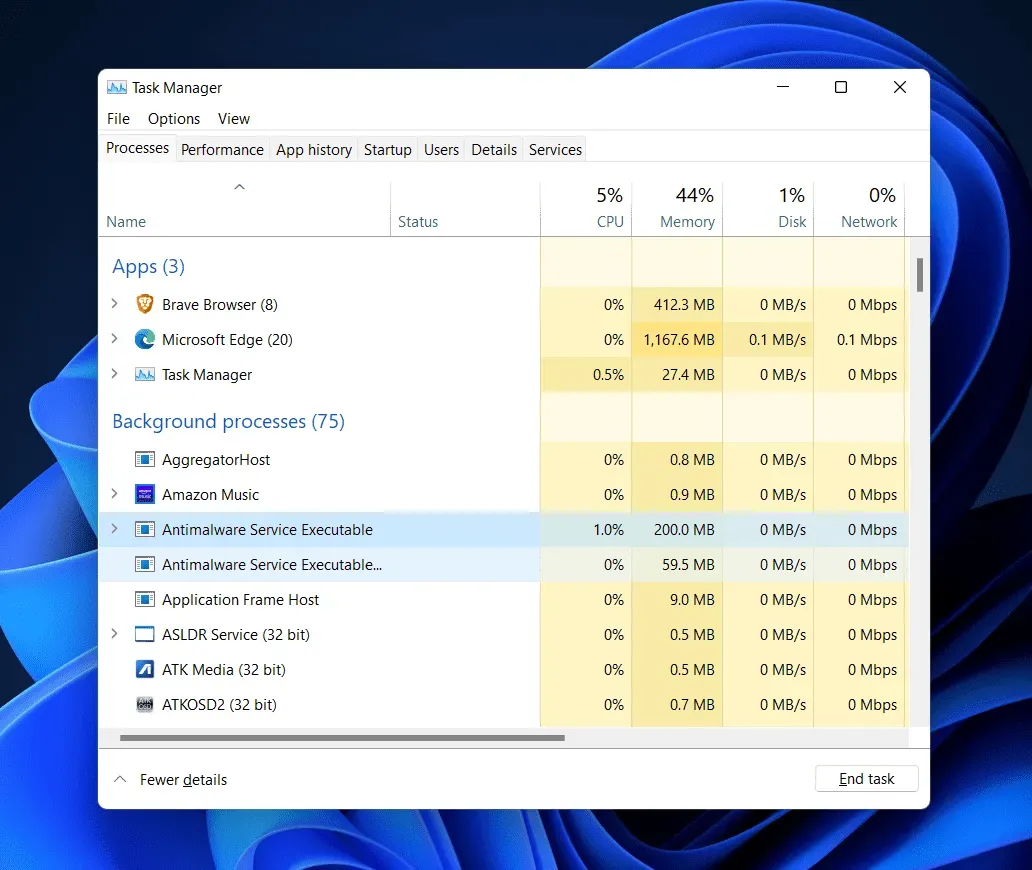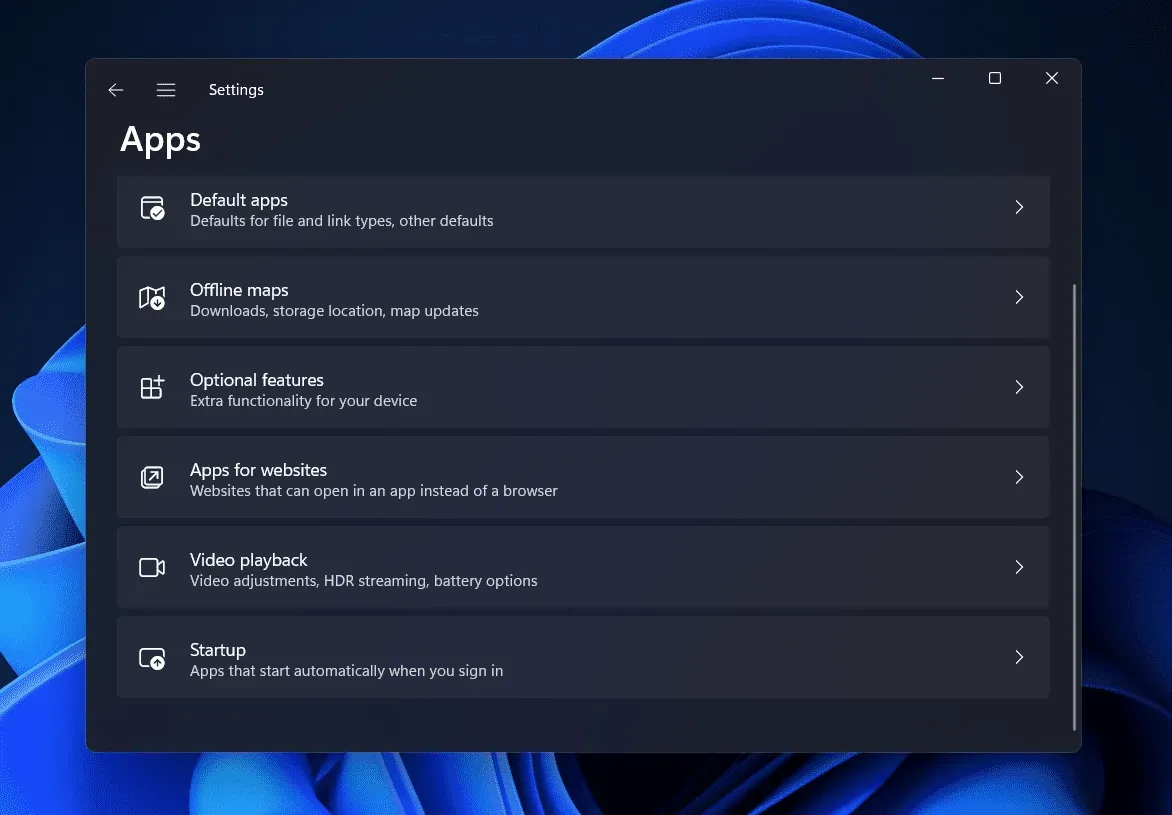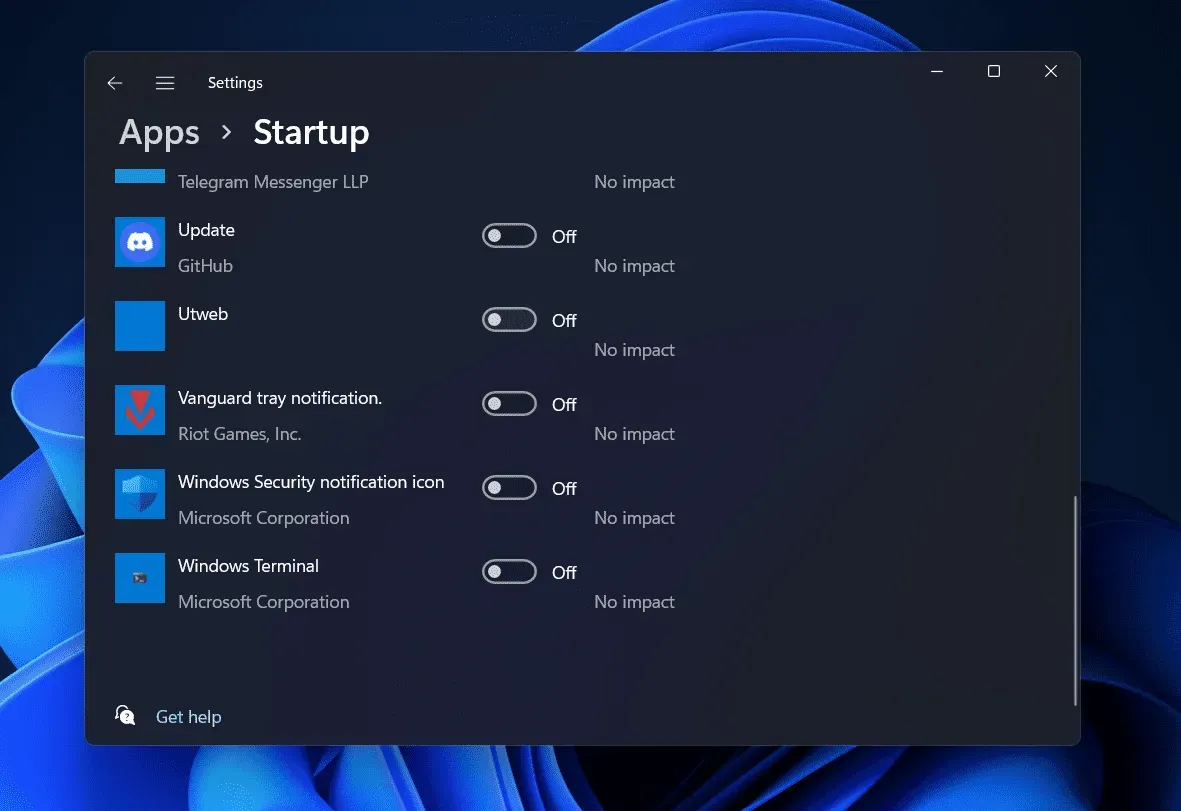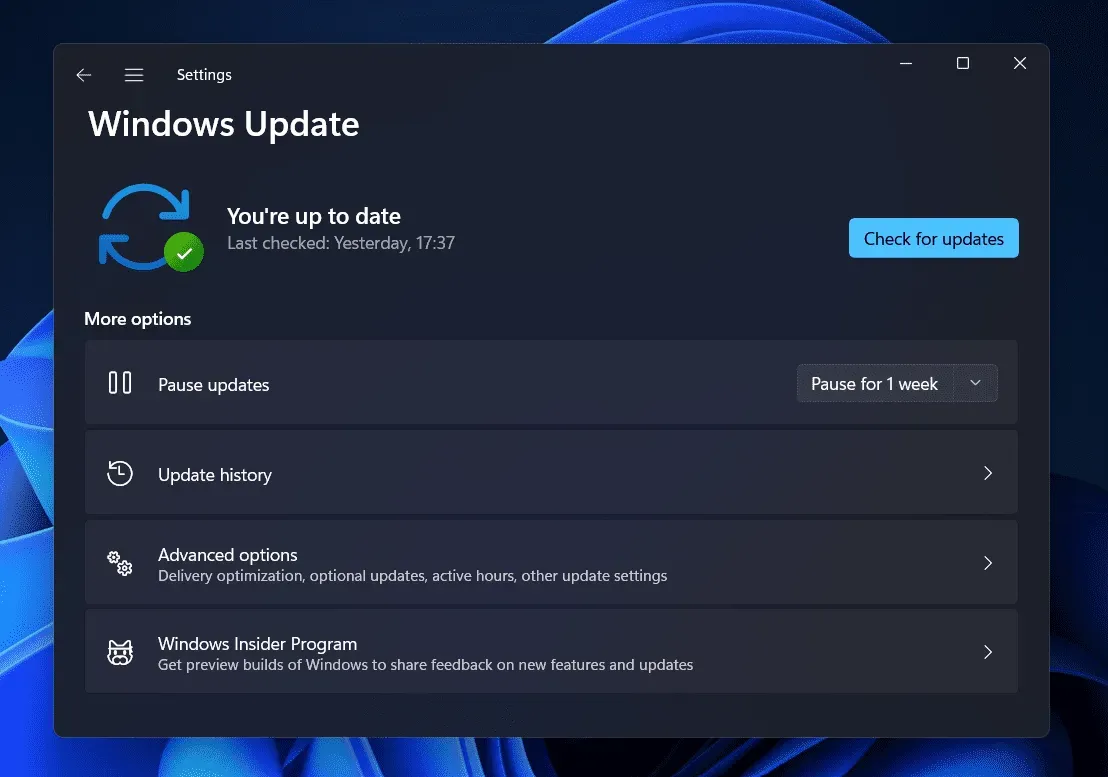Users have encountered a new memory leak issue in Windows 11. Windows 11 users are reporting that their RAM refuses to release the memory allocated to File Explorer. This can be a real problem if you don’t like shutting down your machine when it’s not running, as it can cause system slowdowns and freezes. If you are experiencing a memory leak in Windows 11 that is causing your system to slow down and become unresponsive, this article can be a real lifesaver.
Content:
- 1 Fix memory leak in Windows 11
- 2 troubleshooting steps to fix memory leaks in Windows 11
- 3 final words
Fix Memory Leak in Windows 11
In this article, we will discuss how you can fix a memory leak in Windows 11.
How to check if there is a memory leak in Windows 11
First, you will need to check if there is a memory leak in Windows 11 or not. To do this, follow the steps given below:
- Open the Start menu and search for Resource Monitor . Click Resource Monitor from the Start menu to open the application.
- Click the Memory tab in Resource Monitor .

- Check physical memory here. You will have to check the memory consumption, which will result in less memory and less free memory in standby mode.
Troubleshooting steps to fix memory leaks in Windows 11
Below are all the fixes to fix memory leaks in Windows 11.
Close Windows Explorer
Many users have reported memory leaks in the File Explorer app. You should try to close File Explorer in Windows 11 to check if that solves the problem or not. Right-click on the File Explorer icon in the taskbar and select Close All Windows to close the File Explorer application.
This should most likely fix the issue you’re experiencing. However, if the problem persists, then you should proceed to the next troubleshooting step mentioned in this article.
Make changes in explorer
Even after you’ve made changes to File Explorer, you may still have issues with it. Therefore, you will have to make certain changes to File Explorer to fix the memory leak issue. To do this, follow the steps given below:
- Open the Start menu by pressing the Windows key on your keyboard.

- From the Start menu , find File Explorer Options and click it to open.
- Click the View tab in File Explorer Options .

- Here, check the” Launch folder windows in a separate process”box. Click Apply and then click OK to save your changes.
Close unnecessary applications and browser tabs
Another thing you can try is to close all unnecessary applications and browser tabs. If unnecessary applications are open on your computer, this can also be the cause of the memory leak. You should try to close all unnecessary applications and all unnecessary browser tabs. The issue should be resolved by now. However, if this is not the case, you should proceed to the next step in this article.
Clear RAM manually
You can also try manually clearing or freeing up RAM. You can do this with the Task Manager. To manually clear RAM, follow these steps:
- Press the Windows key + X combination or right-click the Start icon on the taskbar.
- From the menu that opens, select Task Manager and open it.
- Make sure you are on the Processes tab in Task Manager. If you’re not at it, you can click on the Processes tab .

- The Memory section here will show which process is consuming a lot of RAM. Close unnecessary processes consuming a lot of RAM. To do this, select the process and click End task.
Close startup applications and services
Memory leak issues can also be fixed by closing startup applications and services. When too many apps and services open during your PC startup, it can consume a lot of RAM. This is likely to cause a memory leak issue. You should try closing startup applications and services to resolve this issue. To do this, follow the steps given below:
- Open the Settings app on your PC by pressing the key combination Windows + I.
- Go to the Apps section on the left sidebar of the Settings app and then on the right side select Startup.

- Now turn off the toggle for applications that have a high impact.

This will close all running applications and services that may be causing problems with your system.
Update Windows
Updating Windows to the latest version can often fix the issue you’re experiencing. Microsoft releases bug fixes with every new update, and a new Windows update might fix the memory leak issue. To update Windows, follow these steps:
- Press the key combination Windows + I to open the Settings app on your PC.
- Now, on the left sidebar of the Settings app , click on the Windows Update section .

- On the right side, click Check for Updates.
- Download and install any updates found, and then restart your computer. This should probably fix the Windows 11 memory leak issue.
Final words
Memory leak problems can cause your computer to slow down and freeze. If you are facing a memory leak issue in Windows 11, you can follow the steps in this article. We have discussed all troubleshooting steps to help you fix memory leak in Windows 11.


